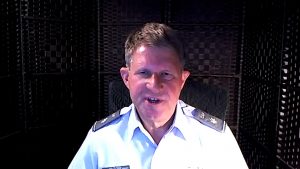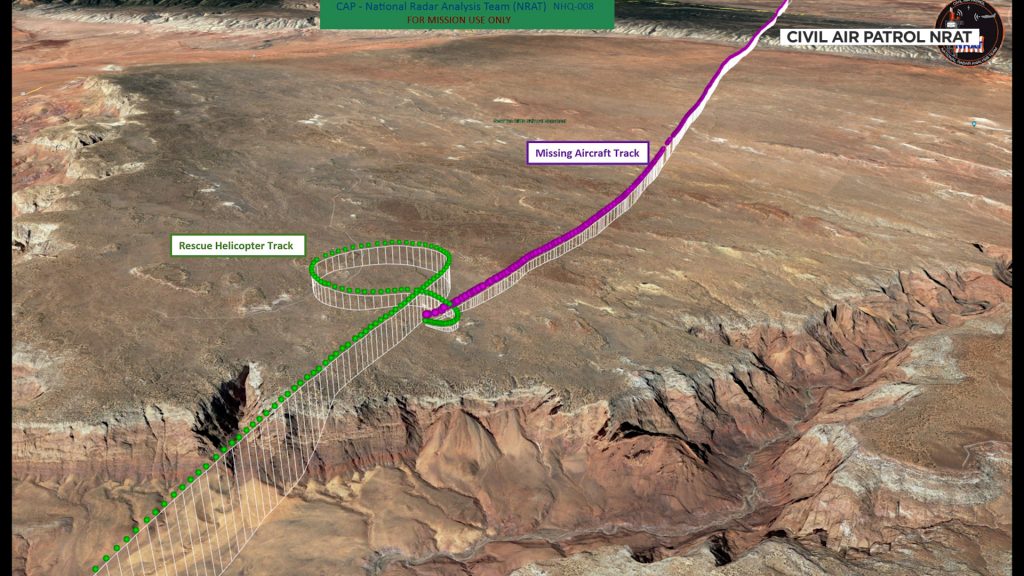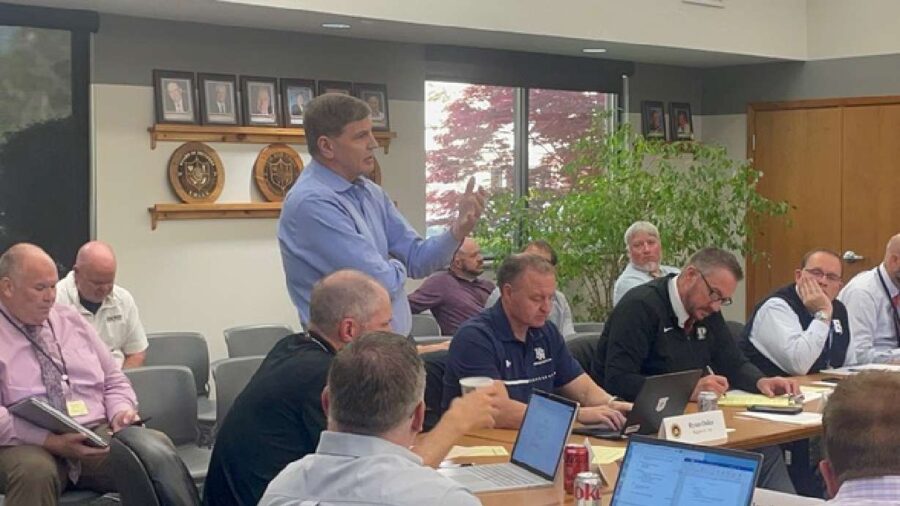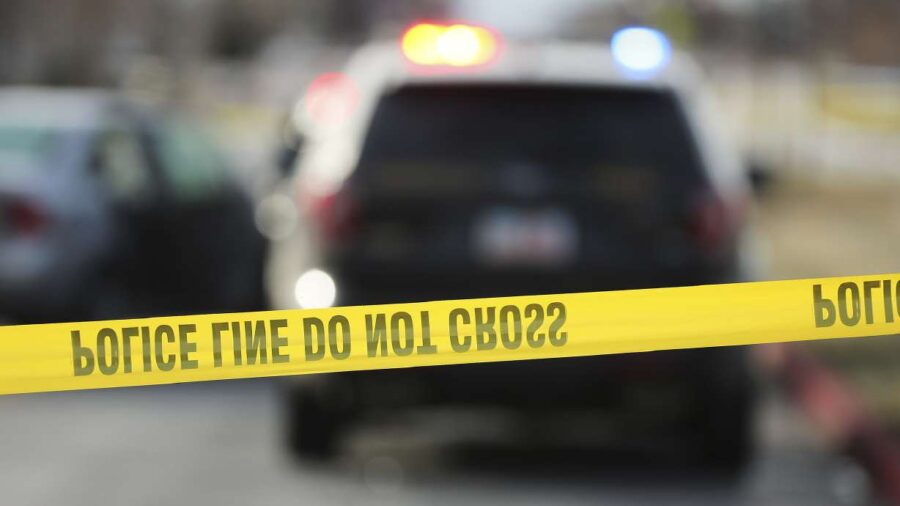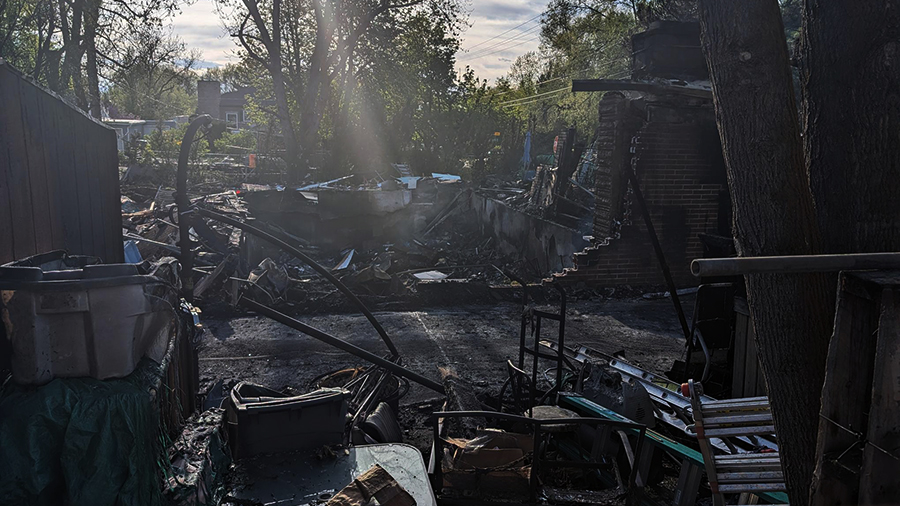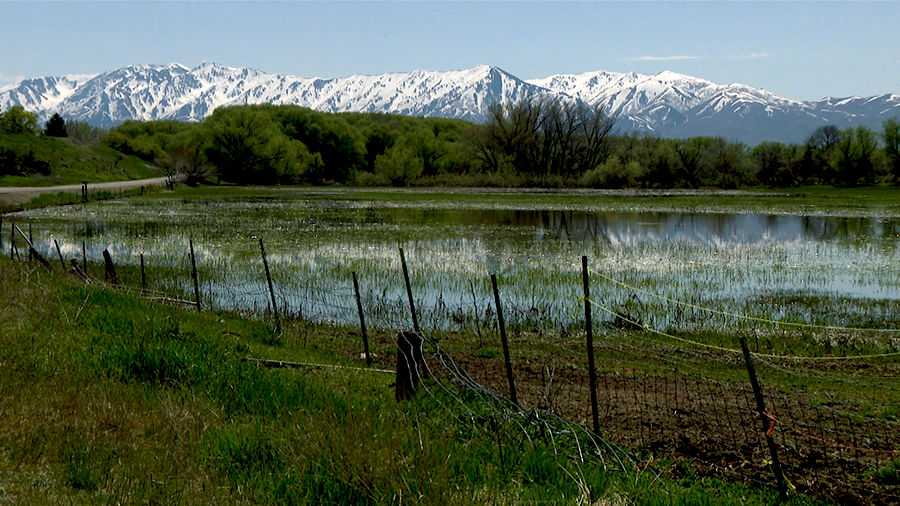Volunteer radar analysts played key role in finding crash survivor
Oct 21, 2021, 8:29 PM | Updated: Oct 22, 2021, 11:07 am
HILL AIR FORCE BASE, Utah — Most of these guys got their training in Utah at Hill Air Force Base.
They team up from home through the internet, to piece together available data and find crashed planes.
“We have team-developed tools that can quickly get into the data and help locate the aircraft,” Lt. Col. John Henderson told KSL TV.
Henderson heads up a team of volunteers in the Civil Air Patrol’s National National Radar Analysis Team, or NRAT.
“I’m in Washington. Several are in Colorado,” Henderson said. “We’ve got somebody in Utah. We’ve got Texas … we’re spread all over.”
When called, they grab their laptops and go to work.
In this case, Jim and Ute Peterson were headed from Northern California to Page, Arizona on Sept. 23, when their plane went down.
Jim Peterson died in the crash, but Ute Peterson and their two dogs survived.
“She was able to text a relative, but not make any phone calls,” Henderson said. “And she told them kind of where they were going into, but she didn’t know where they were at.”
Luckily, Henderson’s team was able to read data sent from the plane to the FAA to eventually pinpoint its location.
“So we were able to isolate it pretty quickly,” he said.
The plane was on top of a mesa, in the middle of nowhere. They were able to tell rescuers where to go.
But not all of their searches are that easy.
“It’s like a game of clue in a way,” said Henderson. “Where you just have to look at the data, and find the right set of dots.”
Henderson and most of his team were once part of the 84th Radar Evaluation Squadron at Hill.
He says once you start helping on missions like this one … it’s hard to stop.
“I love doing it, because it’s so unique,” he said.
The NRAT team has aided in 51 missions so far this year — finding 42 planes, and helping with 13 rescues.

